Using a mouse model, UC San Diego researchers describe a process in which affected neurons switch expression of neurotransmitters in response to day length stimuli, triggering related behavioral changes.
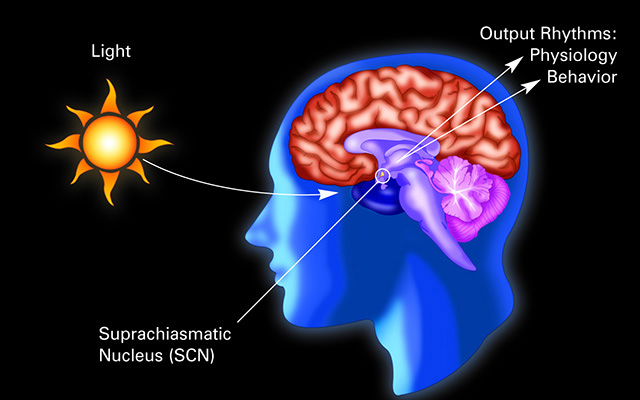
news, journals and articles from all over the world.

Using a mouse model, UC San Diego researchers describe a process in which affected neurons switch expression of neurotransmitters in response to day length stimuli, triggering related behavioral changes.
Engineers at the University of Illinois Chicago have created a solar-powered electrochemical reaction that not only uses wastewater to make ammonia — the second most-produced chemical in the world — but also achieves a solar-to-fuel efficiency that is 10 times better than any other comparable technology.
Sunlight was once thought to only fragment plastics in the marine environment into smaller particles that chemically resemble the original material and persist forever. However, scientists more recently have learned that sunlight also chemically transforms plastic into a suite of polymer-, dissolved-, and gas-phased products.
Researchers at Tel Aviv University have found that exposure to ultraviolet radiation from sunlight enhances romantic passion in humans.

In addition to providing vitamin D, helping flowers grow and creating the perfect excuse to head to the beach, sunlight also helps break down chemicals in streams, lakes and rivers. Michigan Tech’s Daisuke Minakata has developed a comprehensive reactive activity model that shows how singlet oxygen’s reaction mechanisms perform against a diverse group of contaminants and computes their half-life in a natural aquatic environment.
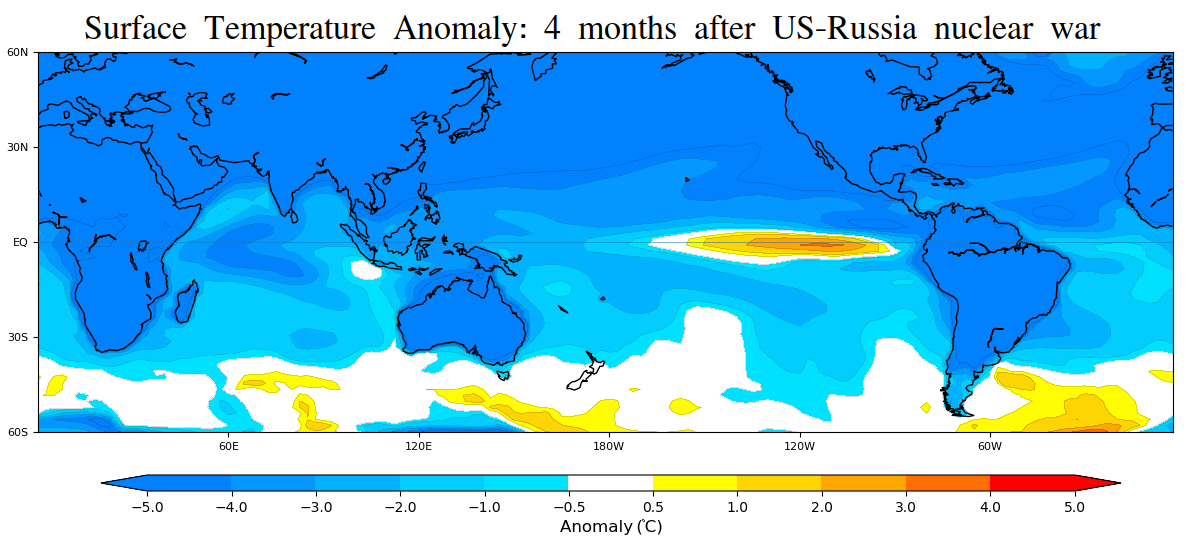
A nuclear war could trigger an unprecedented El Niño-like warming episode in the equatorial Pacific Ocean, slashing algal populations by 40 percent and likely lowering the fish catch, according to a Rutgers-led study. The research, published in the journal Communications Earth & Environment, shows that turning to the oceans for food if land-based farming fails after a nuclear war is unlikely to be a successful strategy – at least in the equatorial Pacific.

Essential for bone health, immune response and even memory and thinking, vitamin D may also be linked to preventing severe COVID-19 symptoms.

Bacteria are likely triggering greater melting on the Greenland ice sheet, possibly increasing the island’s contribution to sea-level rise, according to Rutgers scientists. That’s because the microbes cause sunlight-absorbing sediment to clump together and accumulate in the meltwater streams, according to a Rutgers-led study – the first of its kind – in the journal Geophysical Research Letters. The findings can be incorporated in climate models, leading to more accurate predictions of melting, scientists say.
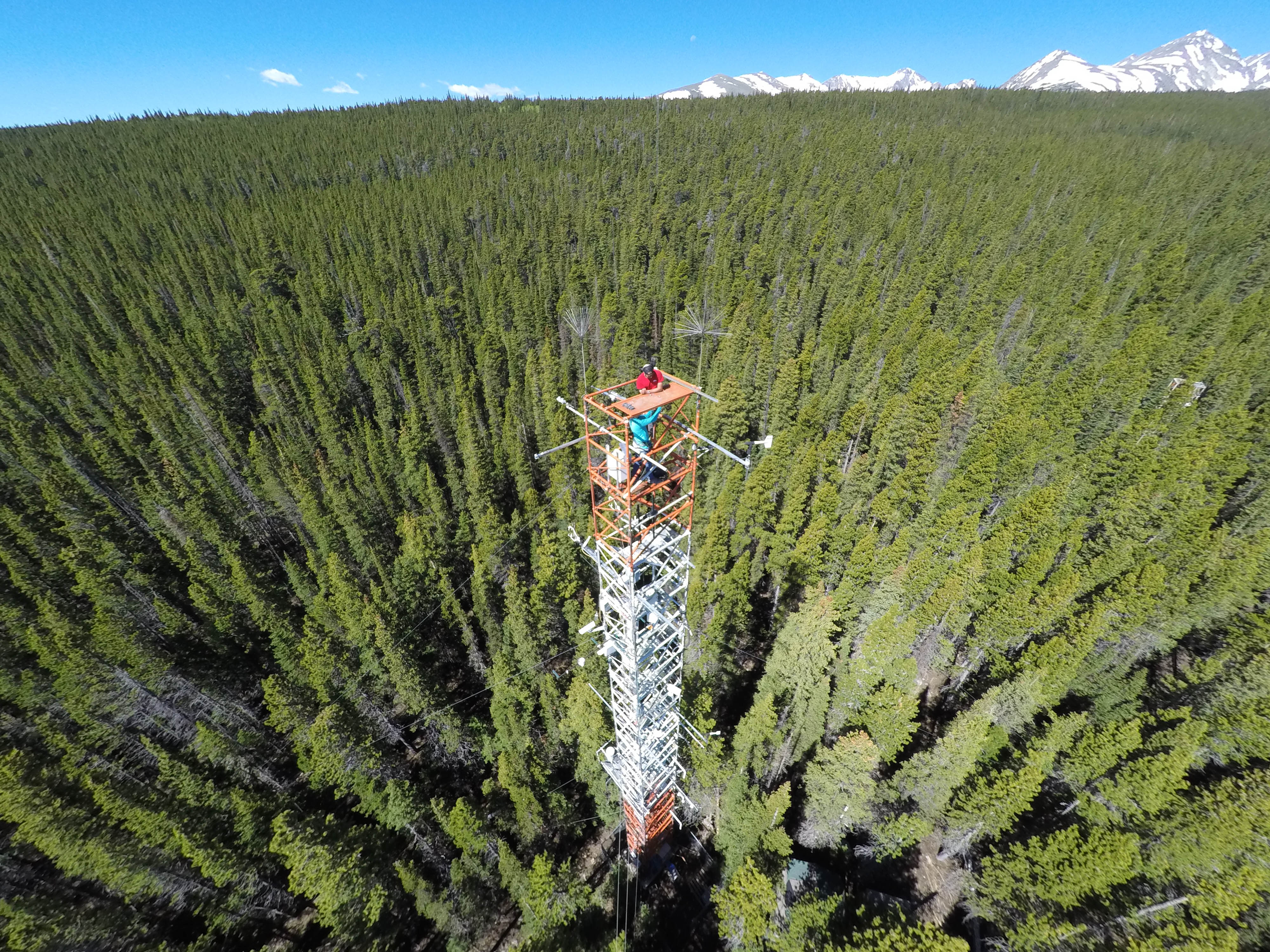
How much carbon dioxide, a pivotal greenhouse gas behind global warming, is absorbed by plants on land? It’s a deceptively complicated question, so a Rutgers-led group of scientists recommends combining two cutting-edge tools to help answer the crucial climate change-related question.
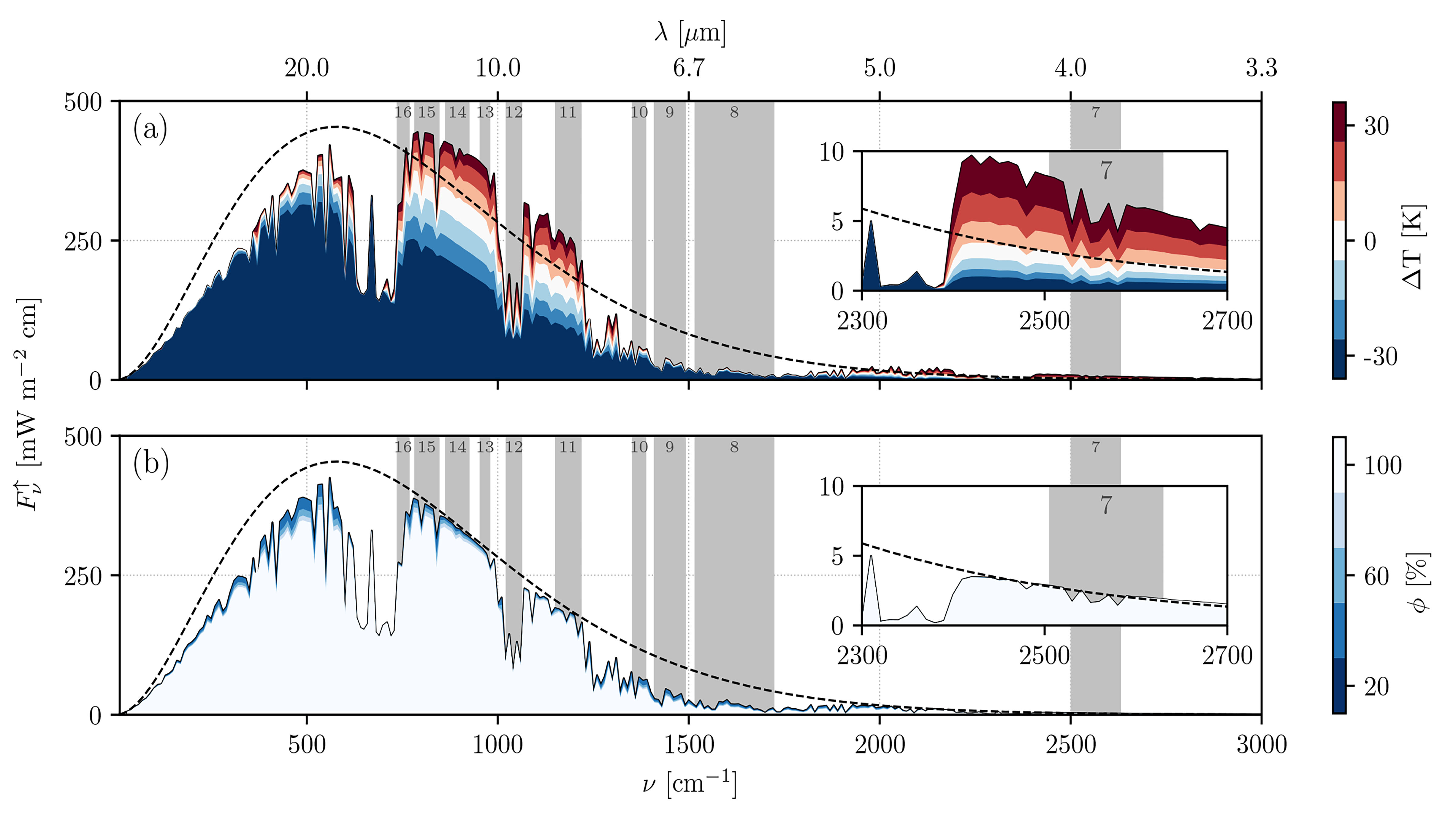
Cloud cover is often characterized in simple terms, such as cloudy, partly cloudy or clear. This does not provide accurate information for estimating the amount of sunlight available for solar power plants. In this week’s Journal of Renewable and Sustainable Energy, a new method is reported for estimating cloud optical properties using data from recently launched satellites. This new technique is known as Spectral Cloud Optical Property Estimation, or SCOPE.
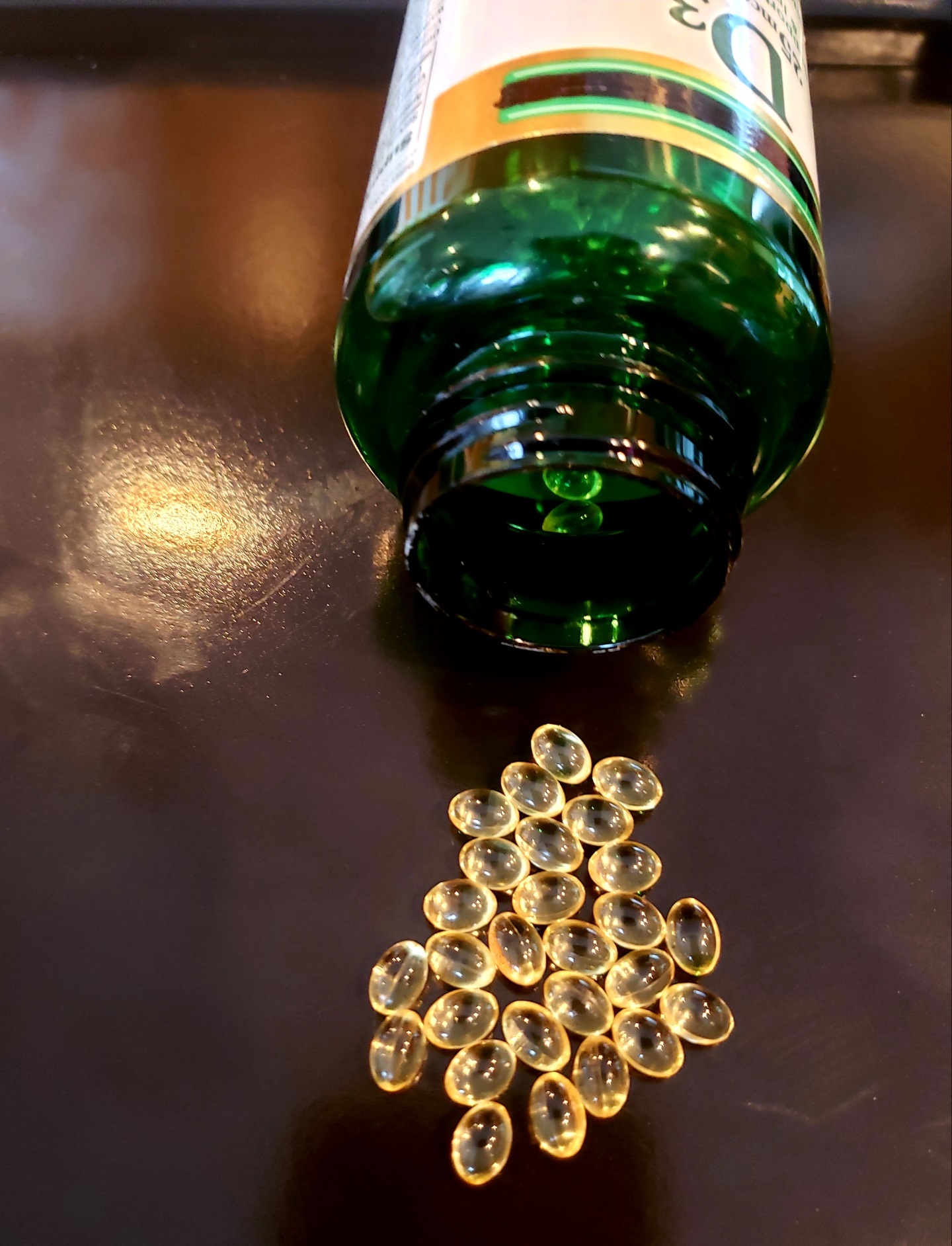
Senior citizens who are not vitamin D deficient have a better chance of walking after hip fracture surgery, according to a Rutgers-led study. The findings in The American Journal of Clinical Nutrition suggest that vitamin D deficiency could limit mobility in older adults, said senior author Sue Shapses, a professor in the Department of Nutritional Sciences at the School of Environmental and Biological Sciences at Rutgers University–New Brunswick.
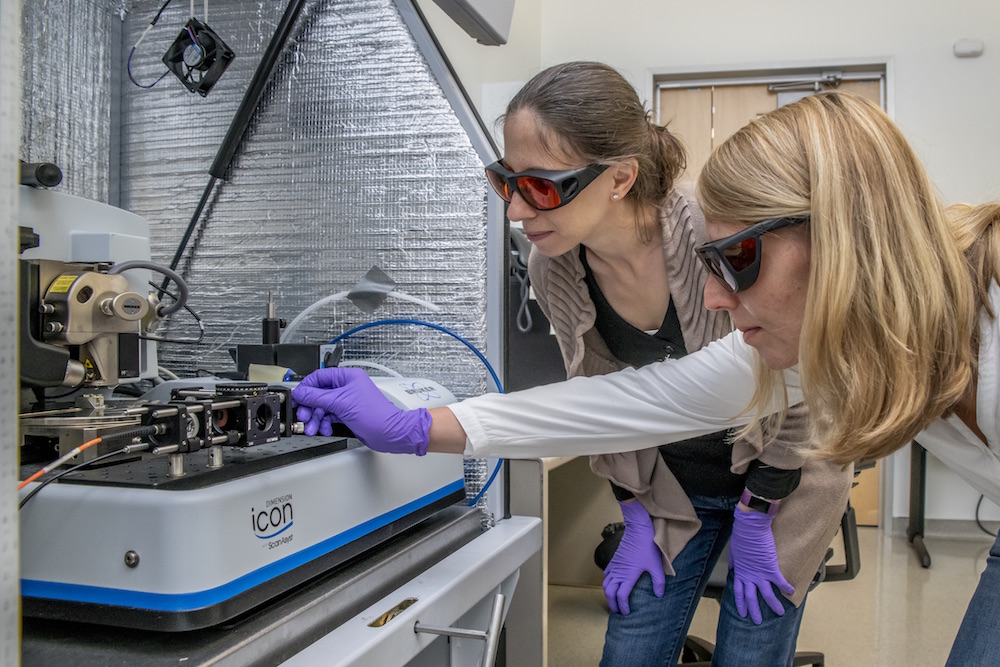
As we look back at a decade of discovery, we highlight 10 achievements by scientists at Berkeley Lab and the Joint Center for Artificial Photosynthesis that bring us closer to a solar fuels future.
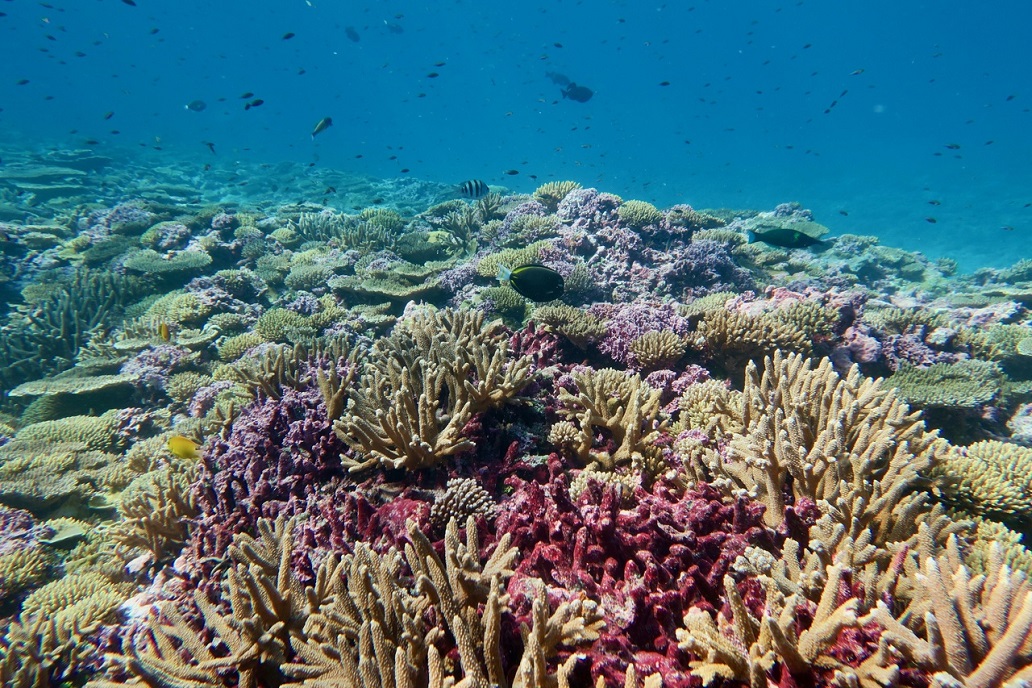
A nuclear war that cooled Earth could worsen the impact of ocean acidification on corals, clams, oysters and other marine life with shells or skeletons, according to the first study of its kind.
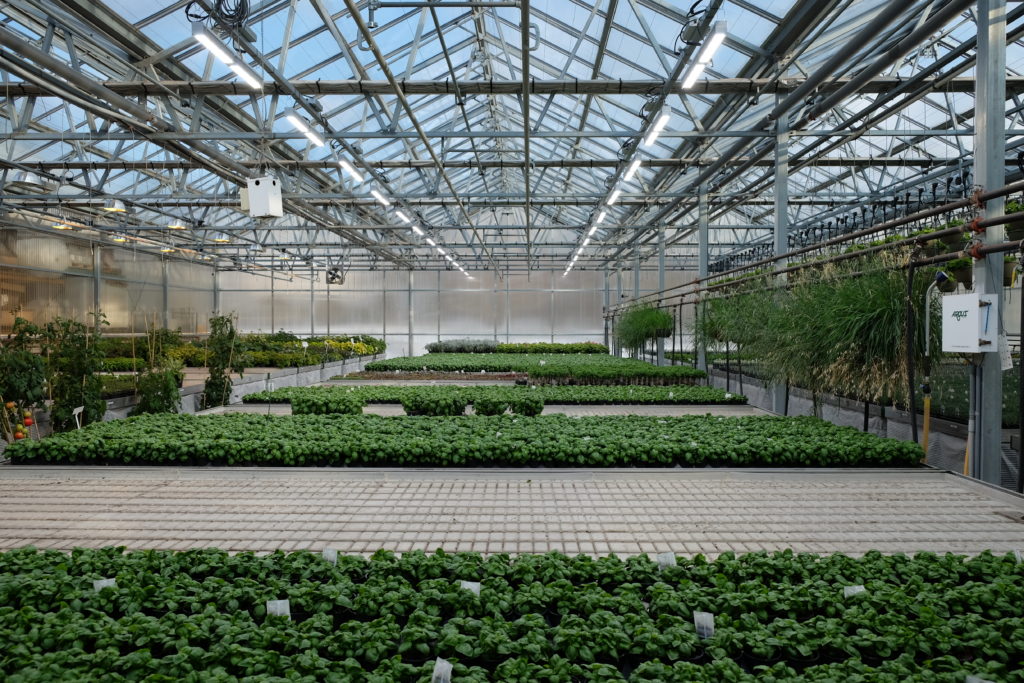
While LED lighting can enhance plant growth in greenhouses, standards are needed to determine the optimal intensity and colors of light, according to Rutgers research that could help improve the energy efficiency of horticultural lighting products.

A new study helps to solve the mystery of missing plastic fragments at sea. Scientists selected microplastics prevalently found on the ocean surface and irradiated them with a solar simulator system. They found that simulated sunlight increased the amount of dissolved carbon in the water, making those tiny plastic particles tinier. Direct, experimental proof of the photochemical degradation of marine plastics remains rare. This work provides novel insight into the removal mechanisms and potential lifetimes of a select few microplastics.
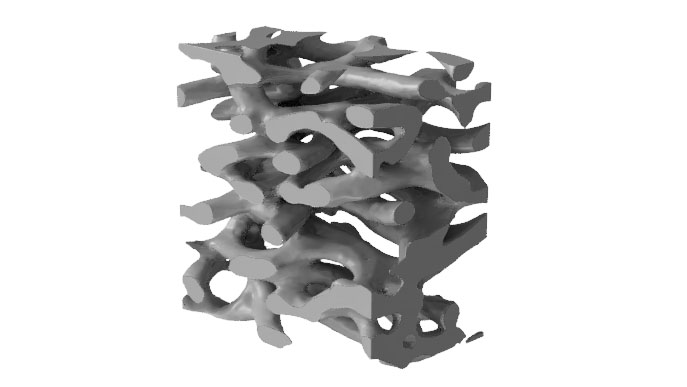
Nature has inspired innovative research throughout human history, and three scientists recently studied white beetles to understand the physics of light scattering. At the AVS 66th International Symposium and Exhibition, researchers will talk about their study of these scales to better understand thin “super-white” coatings that can reject solar spectrum and radiate through transparent windows. By studying light scattering at such a small scale, they were able to calculate light scattering in the biological structures faster and more accurately.
Polystyrene persists in the environment for millennia, according to some international governmental agencies. But now researchers have challenged this common assumption with the finding that sunlight can break down polystyrene over a much shorter time scale, from decades to centuries.
Scientists have discovered how diatoms – a type of algae that produces 20 percent of the Earth’s oxygen – absorb solar energy for photosynthesis. The Rutgers University-led discovery, published in the journal Proceedings of the National Academy of Sciences, could help lead to more efficient and affordable algae-based biofuels and combat climate change from fossil fuel burning.